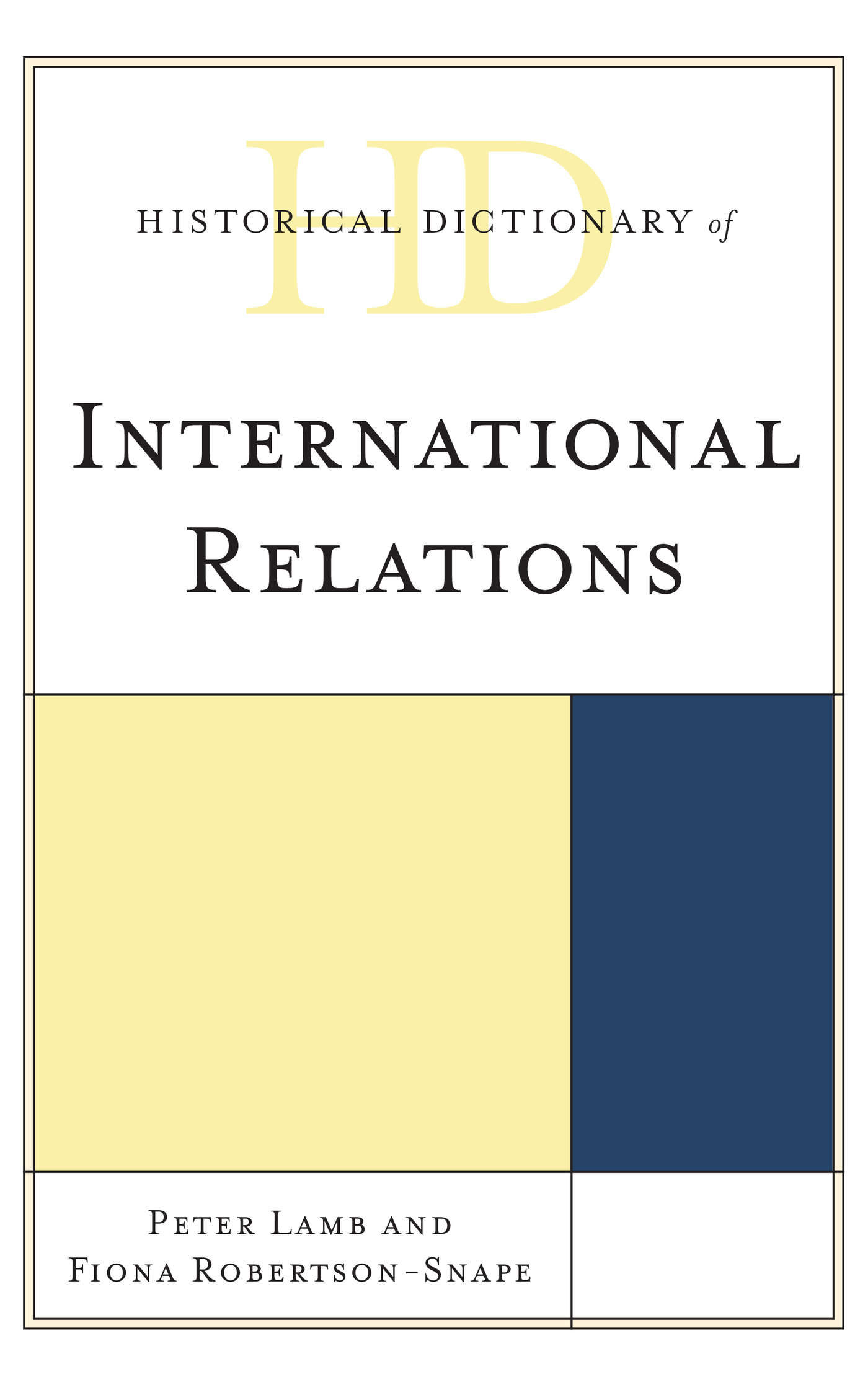The historical dictionaries present essential information on a broad range of subjects, including American and world history, art, business, cities, countries, cultures, customs, film, global conflicts, international relations, literature, music, philosophy, religion, sports, and theater. Written by experts, all contain highly informative introductory essays on the topic and detailed chronologies that, in some cases, cover vast historical time periods but still manage to heavily feature more recent events.
Brief AZ entries describe the main people, events, politics, social issues, institutions, and policies that make the topic unique, and entries are cross-referenced for ease of browsing. Extensive bibliographies are divided into several general subject areas, providing excellent access points for students, researchers, and anyone wanting to know more. Additionally, maps, photographs, and appendixes of supplemental information aid high school and college students doing term papers or introductory research projects. In short, the historical dictionaries are the perfect starting point for anyone looking to research in these fields.
Historical Dictionaries of
International Organizations
Jon Woronoff, Series Editor
European Organizations, by Derek W. Urwin. 1994
International Tribunals, by Boleslaw Adam Boczek. 1994
Aid and Development Organizations, by Guy Arnold. 1996
World Bank, by Anne C. M. Salda. 1997
United Nations Educational, Scientific, and Cultural Organization (UNESCO), by Seth Spaulding and Lin Lin. 1997
Inter-American Organizations, by Larman C. Wilson and David W. Dent. 1997
Refugee and Disaster Relief Organizations, Second Edition, by Robert F. Gorman. 2000
Arab and Islamic Organizations, by Frank A. Clements. 2001
International Organizations in Asia and the Pacific, by Derek McDougall. 2002
International Organizations in Sub-Saharan Africa, Second Edition, by Terry M. Mays and Mark W. DeLancey. 2002
League of Nations, by Anique H.M. van Ginneken. 2006
European Union, by Joaqun Roy and Aimee Kanner. 2006
United Nations, by Jacques Fomerand. 2007
Human Rights and Humanitarian Organizations, Second Edition, by Robert F. Gorman and Edward S. Mihalkanin. 2007
NATO and Other International Security Organizations, by Marco Rimanelli. 2008
International Organizations, by Michael G. Schechter. 2010
Multinational Peacekeeping, Third Edition, by Terry Mays. 2011
International Monetary Fund, Third Edition, by Sarah Tenney and Norman K. Humphreys. 2011
World Health Organization, Second Edition, by Kelley Lee and Jennifer Fang. 2013
Inter-American Organizations, Second Edition, by David W. Dent and Larman C. Wilson. 2014
World Bank, Second Edition, by Sarah Tenney and Anne C. Salda. 2014
International Organizations in Asia and the Pacific, Second Edition, by Derek McDougall. 2014
International Organizations in Africa and the Middle East, by Terry M. Mays, 2015
European Union, 2016 Edition, by Finn Laursen, 2015
Human Rights and Humanitarian Organizations, Third Edition, by Thomas E. Doyle, Robert F. Gorman, and Edward S. Mihalkanin, 2017
International Relations, by Peter Lamb and Fiona Robertson-Snape, 2017
Historical Dictionary of International Relations
Peter Lamb and Fiona Robertson-Snape
ROWMAN & LITTLEFIELD
Lanham Boulder New York London
Published by Rowman & Littlefield
A wholly owned subsidiary of The Rowman & Littlefield Publishing Group, Inc.
4501 Forbes Boulevard, Suite 200, Lanham, Maryland 20706
www.rowman.com
Unit A, Whitacre Mews, 26-34 Stannary Street, London SE11 4AB
Copyright 2017 by Peter Lamb and Fiona Robertson-Snape
All rights reserved. No part of this book may be reproduced in any form or by any electronic or mechanical means, including information storage and retrieval systems, without written permission from the publisher, except by a reviewer who may quote passages in a review.
British Library Cataloguing in Publication Information Available
Library of Congress Cataloging-in-Publication Data
Names: Lamb, Peter, 1960 author. | Robertson-Snape, Fiona, author.
Title: Historical dictionary of international relations / Peter Lamb and Fiona Robertson-Snape.
Description: Lanham : Rowman & Littlefield, [2016] | Series: Historical dictionaries of international organizations | Includes bibliographical references.
Identifiers: LCCN 2016049700 (print) | LCCN 2016054864 (ebook) | ISBN 9781538101681 (hardcover : alk. paper) | ISBN 9781538101698 (electronic)
Subjects: LCSH: International relationsDictionaries. | International agenciesDictionaries.
Classification: LCC JZ1161 .L35 2016 (print) | LCC JZ1161 (ebook) | DDC 327.03dc23
LC record available at https://lccn.loc.gov/2016049700
 TM The paper used in this publication meets the minimum requirements of American National Standard for Information Sciences Permanence of Paper for Printed Library Materials, ANSI/NISO Z39.48-1992.
TM The paper used in this publication meets the minimum requirements of American National Standard for Information Sciences Permanence of Paper for Printed Library Materials, ANSI/NISO Z39.48-1992.
Printed in the United States of America.
A
AFGHAN WARS
A mountainous, landlocked, and rather isolated country in southwest Asia, Afghanistan has nevertheless featured regularly in the history of international relations. During the 19th century, Afghanistan was a hot spot for tensions and conflict between the British and Russian Empires, the location for the great game of geostrategic dominance in Central Asia. Afghanistan, a buffer zone between these two expanding empires, was strategically significant and had to deal with substantial interference in its affairs. The experience of the British in three AngloAfghan wars, their mistakes, and the resistance and resilience of the Afghans have all been seen to parallel the experience of great powers in their military interventions in Afghanistan in more recent times.
For much of the 20th century, Afghanistan was one of the more stable countries in Asia. However, in the later part of the century it endured three waves of war as a consequence of external intervention. The first was by the Soviet Union in 1979, ostensibly to support a tottering Marxist regime. Although considered a superpower, the Soviet Union failed to achieve its desired outcomes in Afghanistan. Soviet troops came under relentless pressure by internationally supported anticommunist mujahideen rebels in a long and costly war. Unable to prevail, the Soviet Union eventually withdrew in 1989. The success of the mujahideen in denying victory to one of the worlds largest military powers motivated those who chose to carry on the struggle on other fronts, and it was out of these mujahideen groups that al-Qaeda was born. In training and funding the anti-Soviet forces, the United States provided resources to and trained what was to become a key enemy, illustrating the dangers of unintended consequences in international relations, or what in military parlance is known as blow-back.
The Afghan war was a disaster for the Soviet Union. Thousands of Soviet soldiers perished for little obvious gain. The Soviet Unions failure to prevail is seen as a contributing factor to its eventual demise and the ending of the

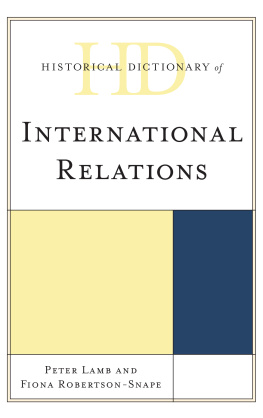
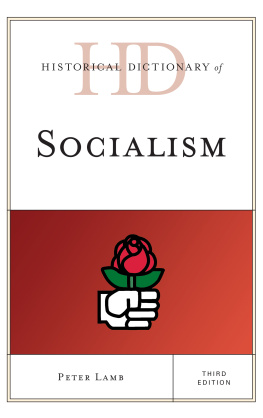


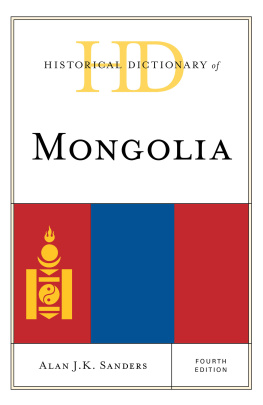
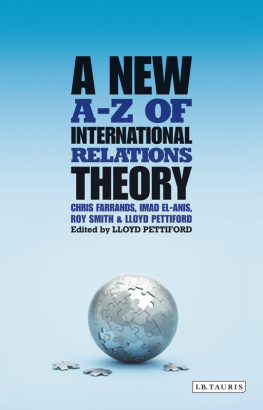
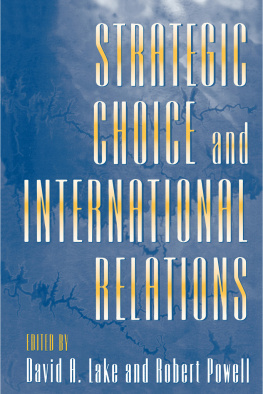



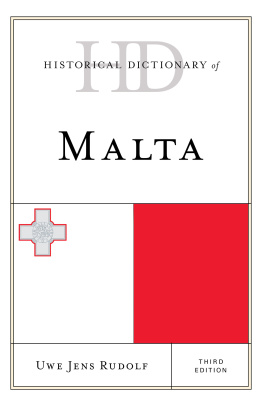
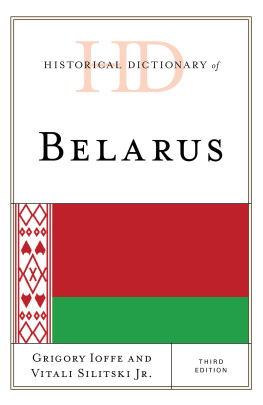
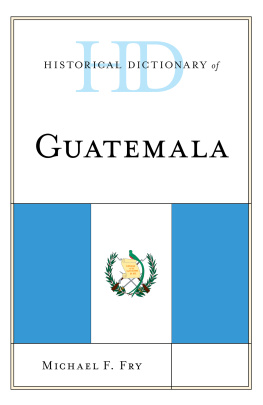
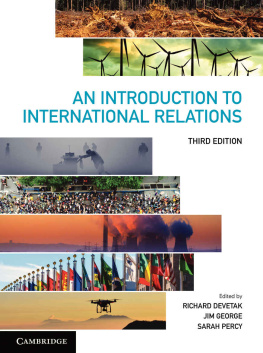
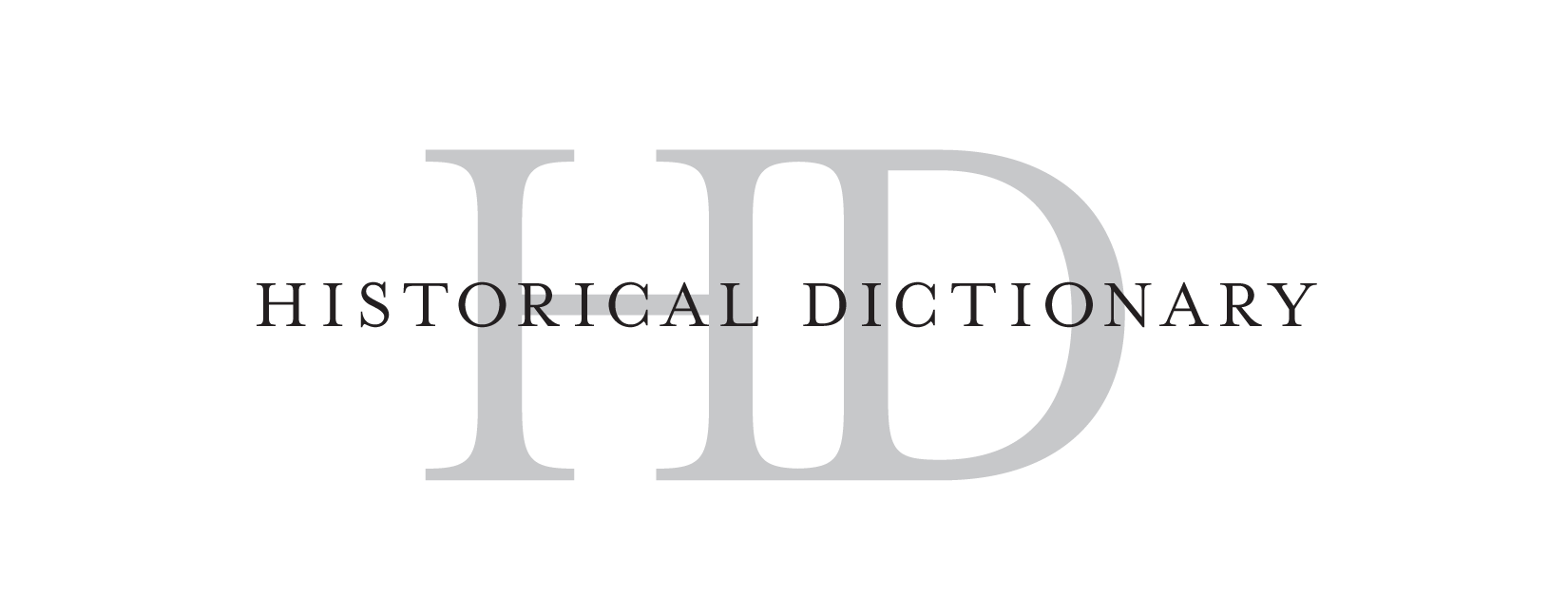
 TM The paper used in this publication meets the minimum requirements of American National Standard for Information Sciences Permanence of Paper for Printed Library Materials, ANSI/NISO Z39.48-1992.
TM The paper used in this publication meets the minimum requirements of American National Standard for Information Sciences Permanence of Paper for Printed Library Materials, ANSI/NISO Z39.48-1992.